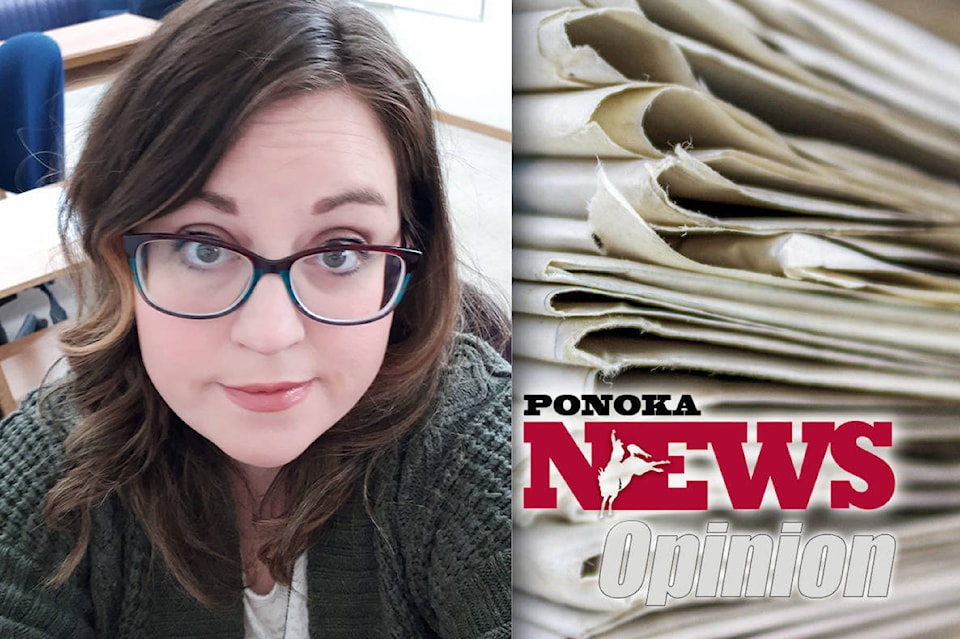I find that journalists, just like lawyers or politicians, are not the most popular in public opinion. Journalism is often a maligned and misunderstood profession, with often a skewed portrayal in movies and on T.V.
Whether reporters actually date superheroes, will do anything for a good story, or somehow afford to live in luxurious country cottages with incorrigible golden retrievers, is besides the point I’d like to discuss, however.
One of my current pet peeves is the ever-increasingly pervasive term ‘mainstream media.’
There’s only two kinds of news media: credible sources and not credible. That’s all. So-called “mainstream media” is a made-up term that doesn’t actually mean anything.
In science, something is considered true when the experiment can be repeated and still comes up with the same result.
Similarly, the way to ensure the news you are reading is credible is to see if other news outlets are carrying the same story with the same information.
The very thing that news media are criticized for as being “mainstream” is one of the most easily discernible ways to verify they are a credible news source.
Yes, we’re competitors and all trying to be the first for breaking news or relevant stories to inform our communities, but if official, credible sources are used, the information will be basically the same, though it may be presented differently.
For example, if nine out of 10 news sources report there were two casualties in an accident, but one says three, chances are, that one news outlet is in error.
The now-common term ‘fake news’ is a whole other discussion — it’s either news or it’s not. ‘Fake news’ is an oxymoron.
There are some information platforms (I won’t dignify them by calling them ‘news’) cater to a particular political audience, and may be considered niche or away from the ‘mainstream.’ However, there is a difference between venturing off the ‘beaten path’ of the usual tried and true sources and hearing more diverse voices and falling off the edge of the cliff altogether.
American-style journalism and Canadian journalism are also different. In the States, it’s more commonplace and acceptable to use anonymous sources and to protect those sources.
In Canada, the standard we’re taught is that if someone wants something off the record, it’s useless to you so it’s better not to hear the information in the first place.
Another pet peeve of mine is when people paint all news media with the same, metaphorically dismissive brush with the tired accusation of, “They’re just fear-mongering.”
Reporting facts in a news article isn’t fear-mongering — that implies some desire or intention to incite fear, which simply isn’t the case for credible, reliable news sources. (By the way, a lot of print media is subscription-free so although headlines are meant to grab attention in order to be effective, we aren’t just ‘trying to sell papers.’)
We report the facts and you, the reader, decide how you feel about it.
If you want a ‘media’ to blame for manipulating your feelings, you should look at multimedia advertising. When a product is marketed to you, it is designed with the intent to make you desire that product, whether that is through making it seem appealing, or causing a fear or doubt in you about what would happen if you don’t purchase it.
I’ve been bombarded on my music streaming app with ads suggesting I will sleep better at night if my money is secure with so-and-s0 bank. It claims your deposits will only be secure with their bank, when in reality, most, if not all banks in Canada are insured.
Now that is fear-mongering.
